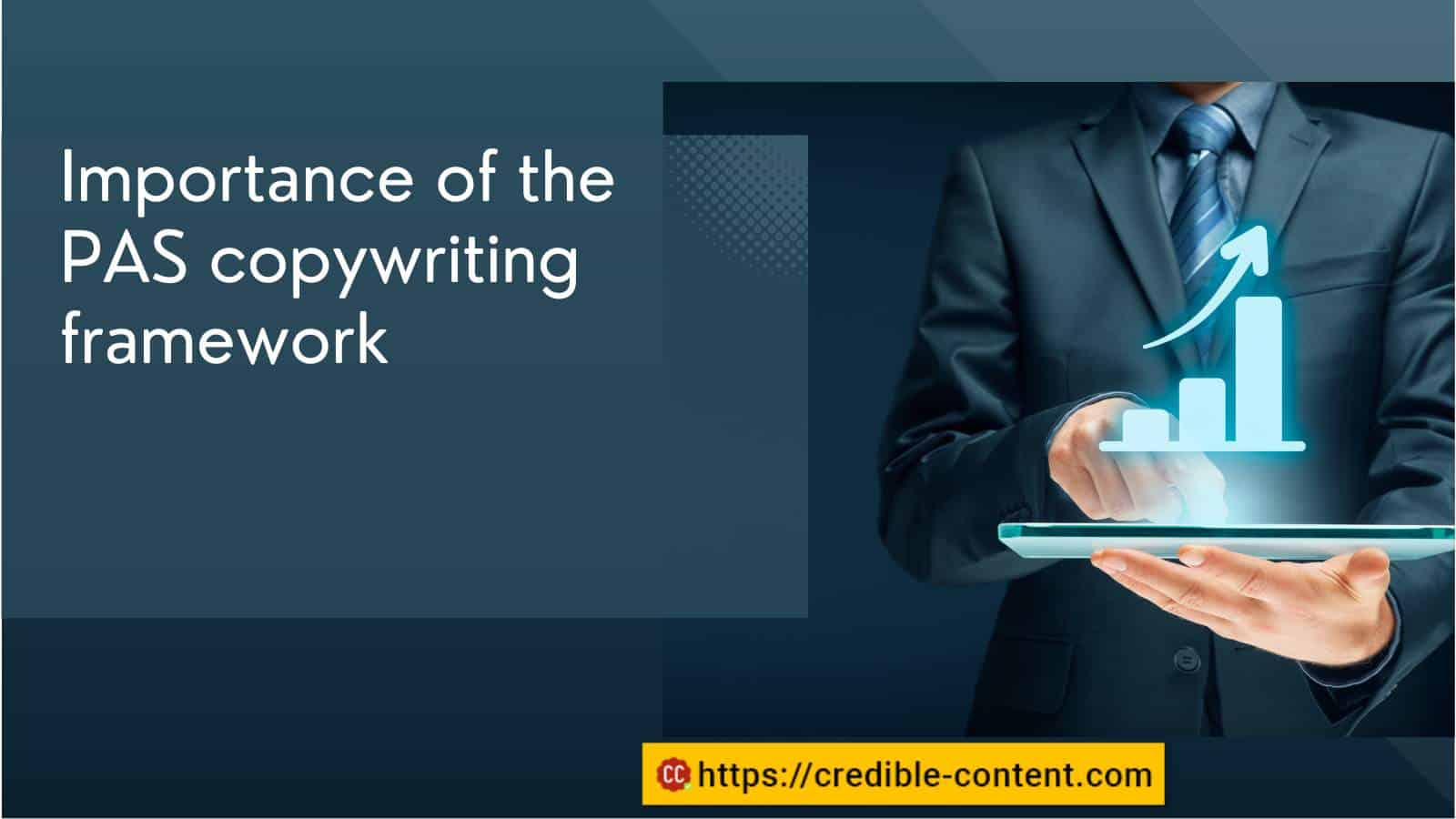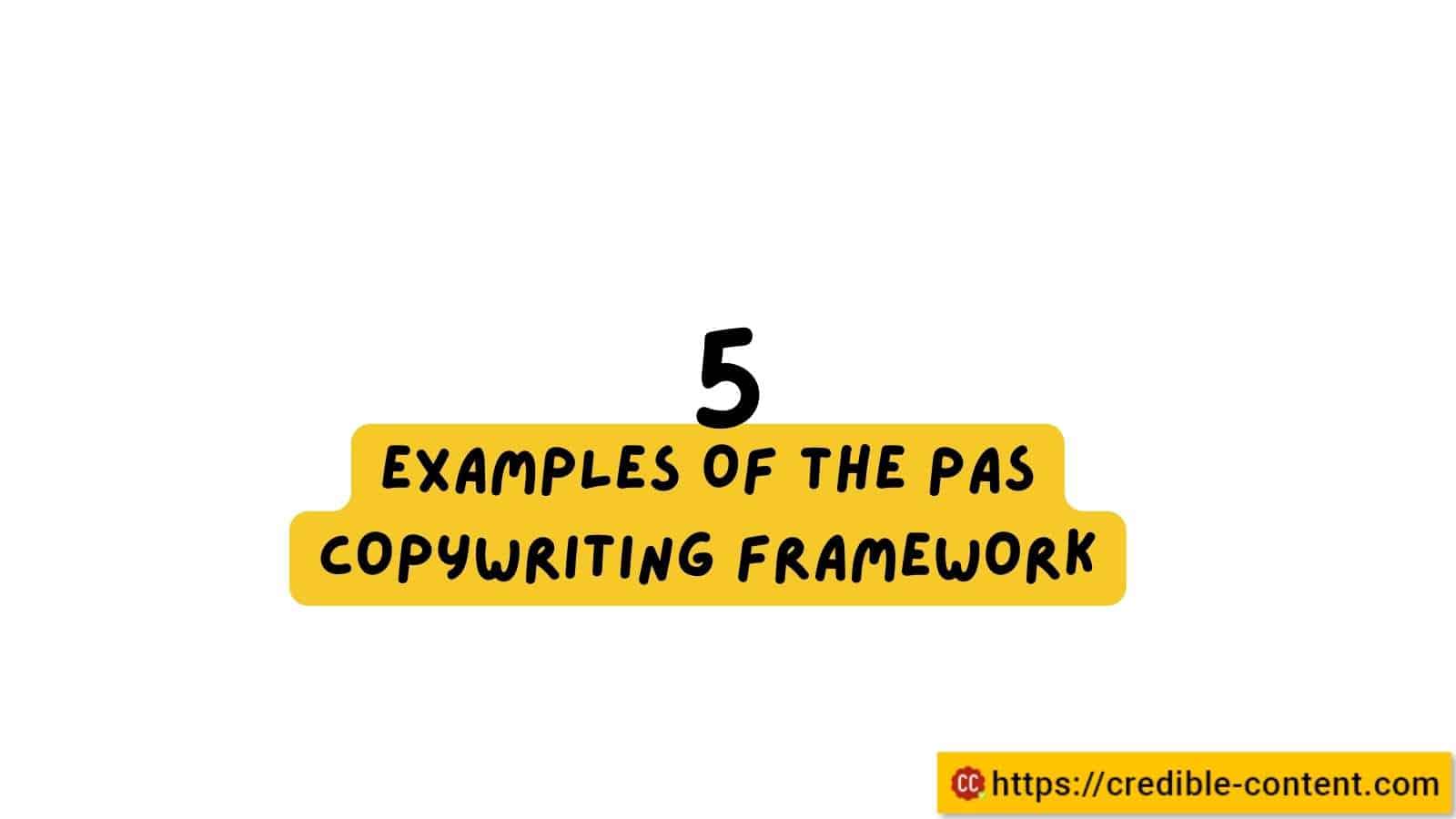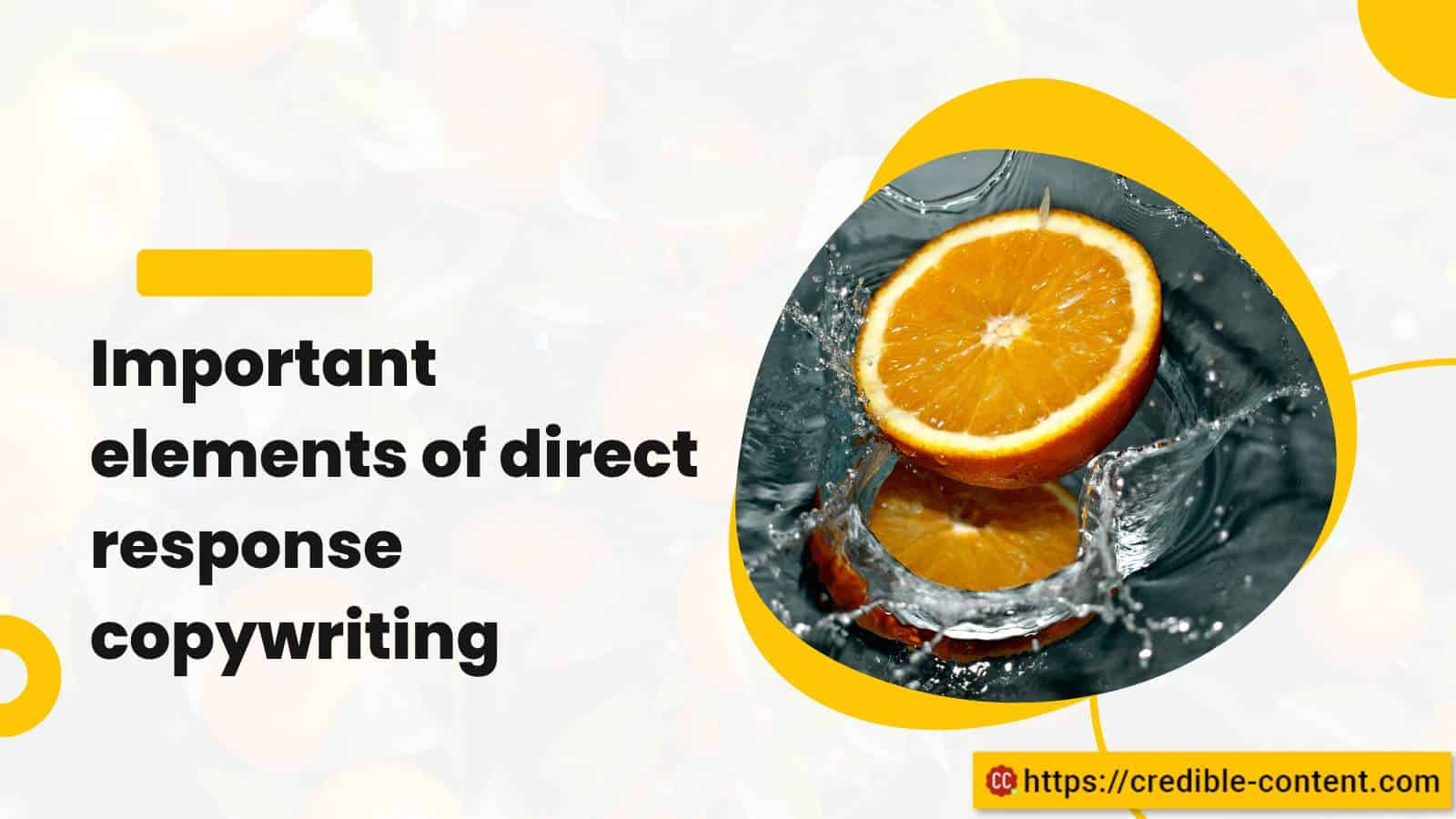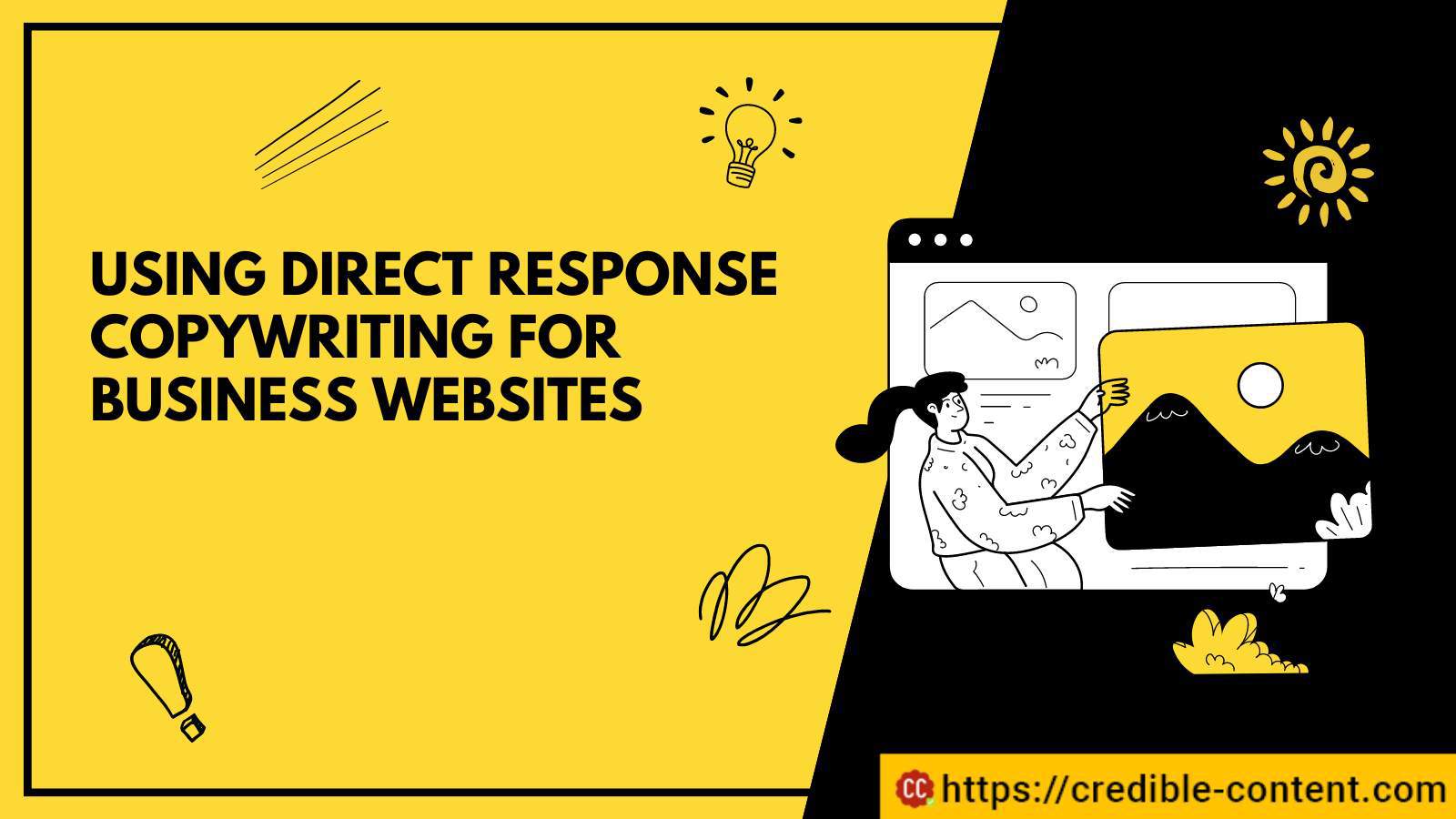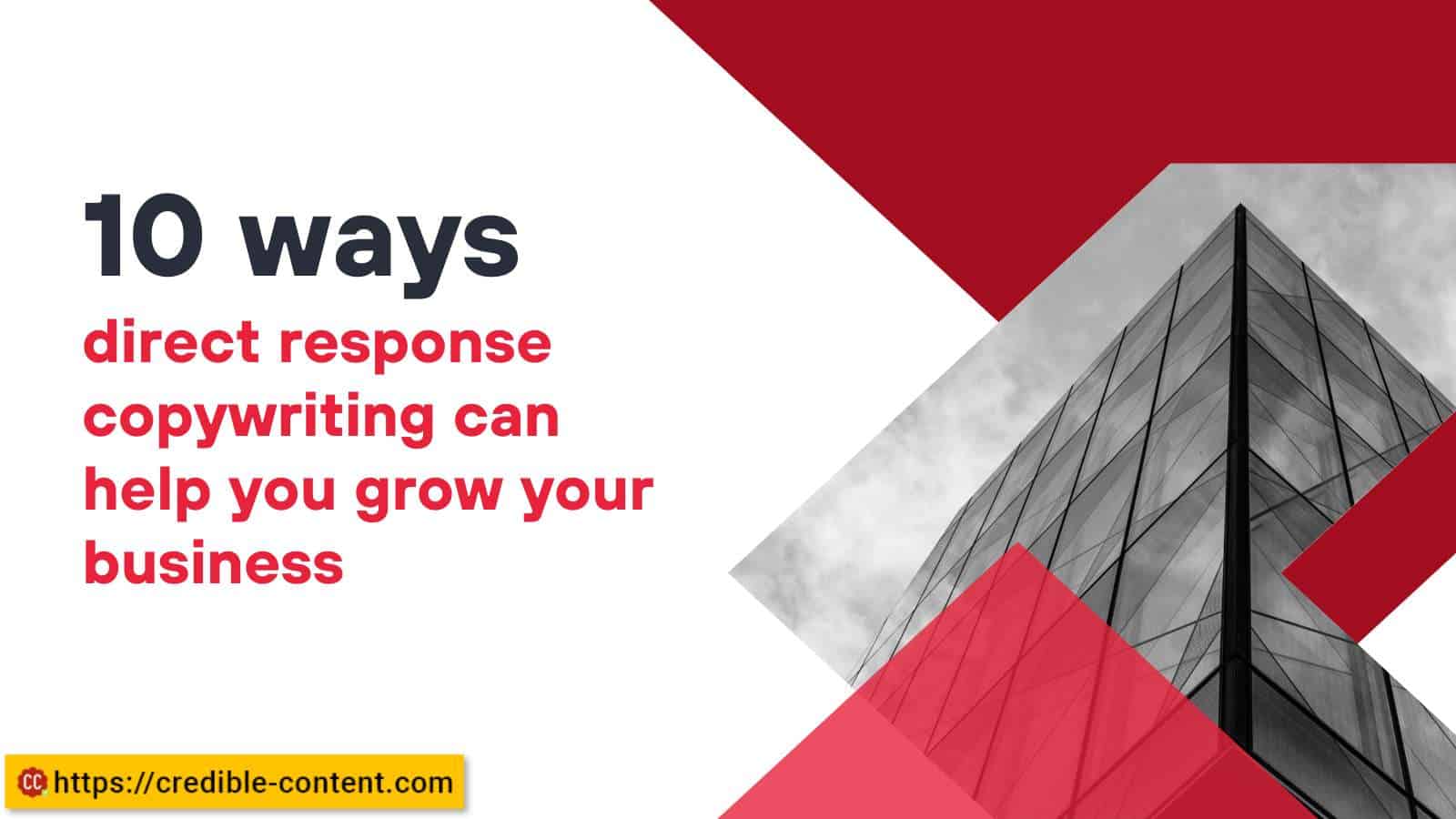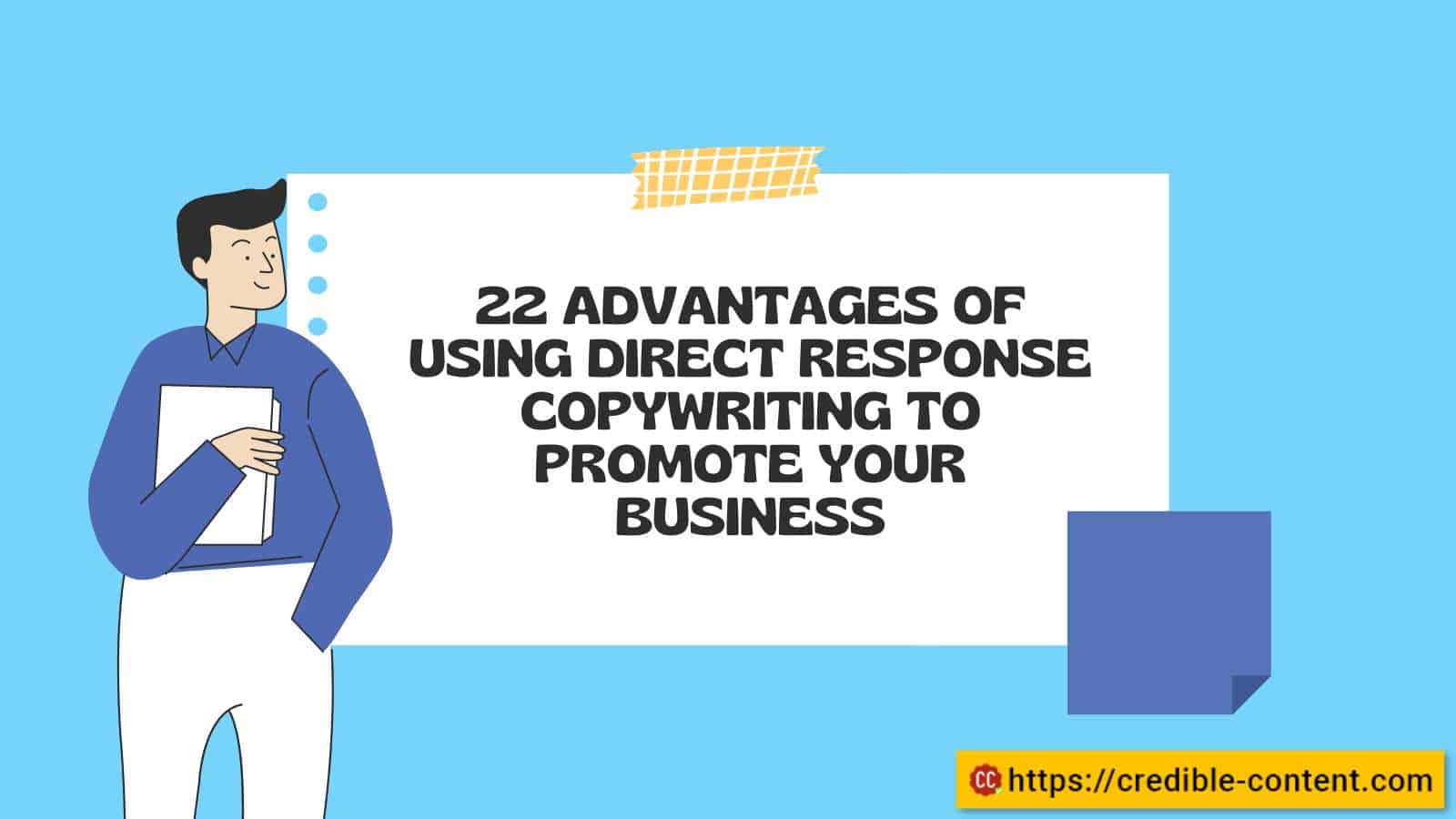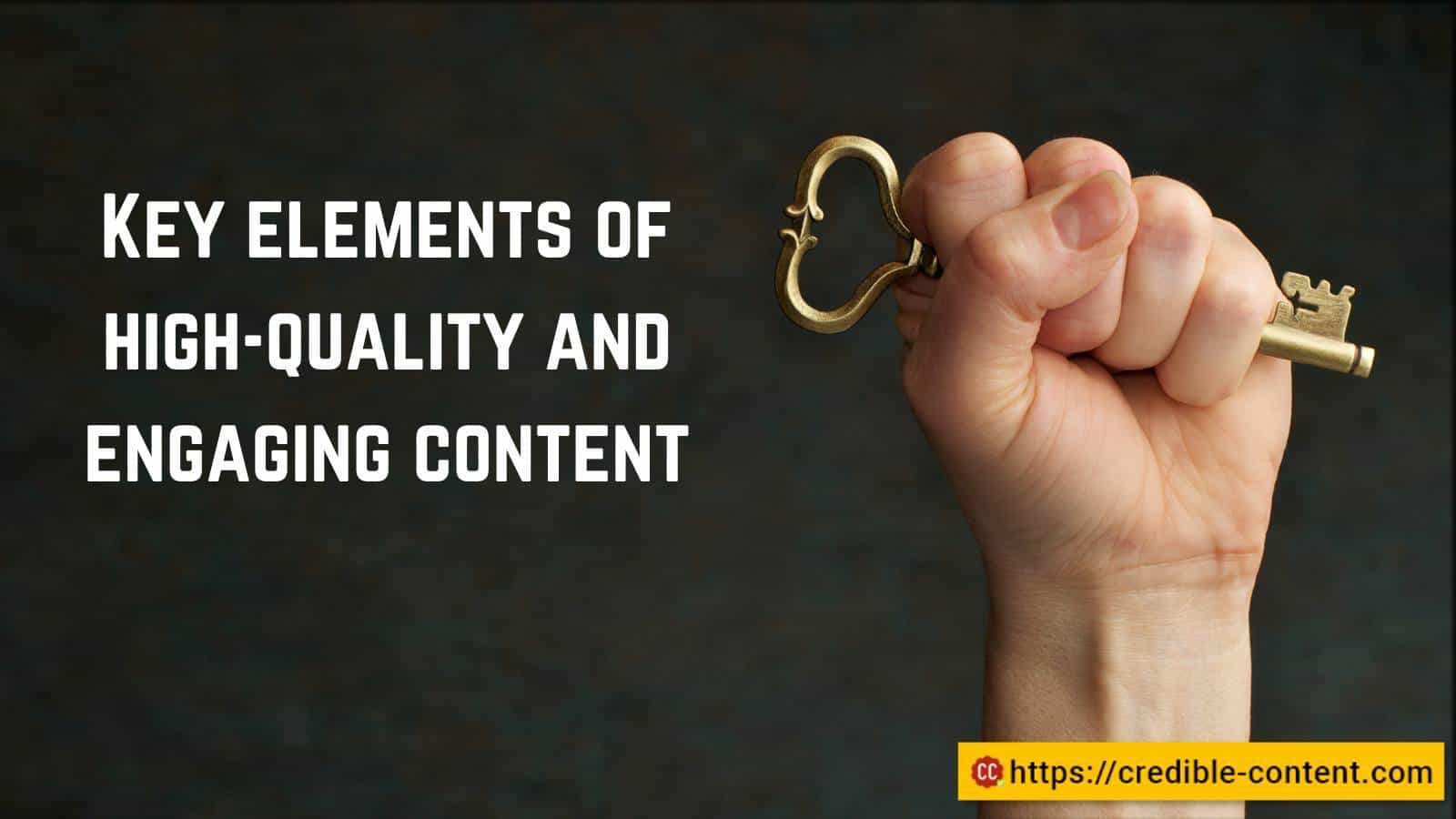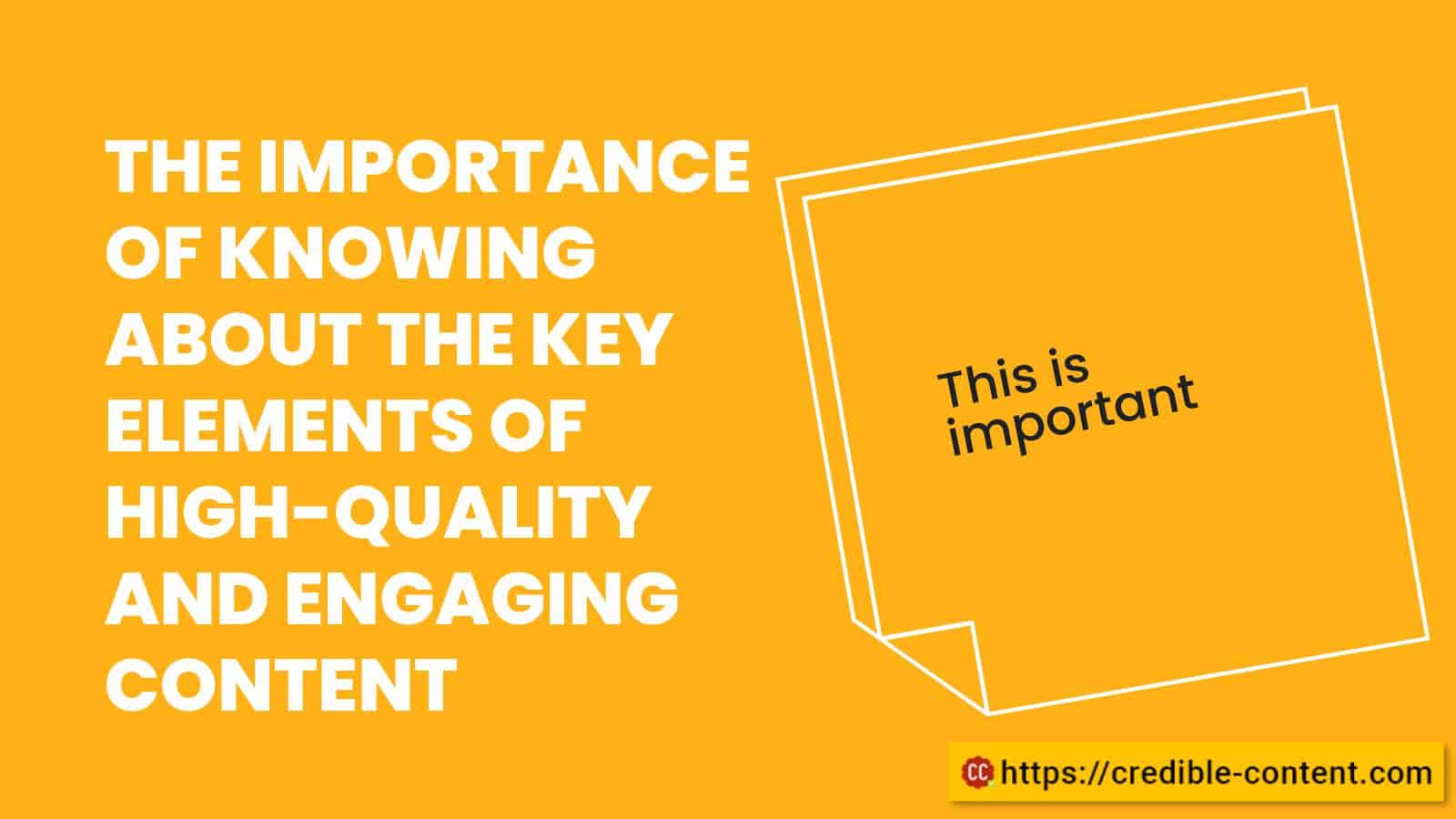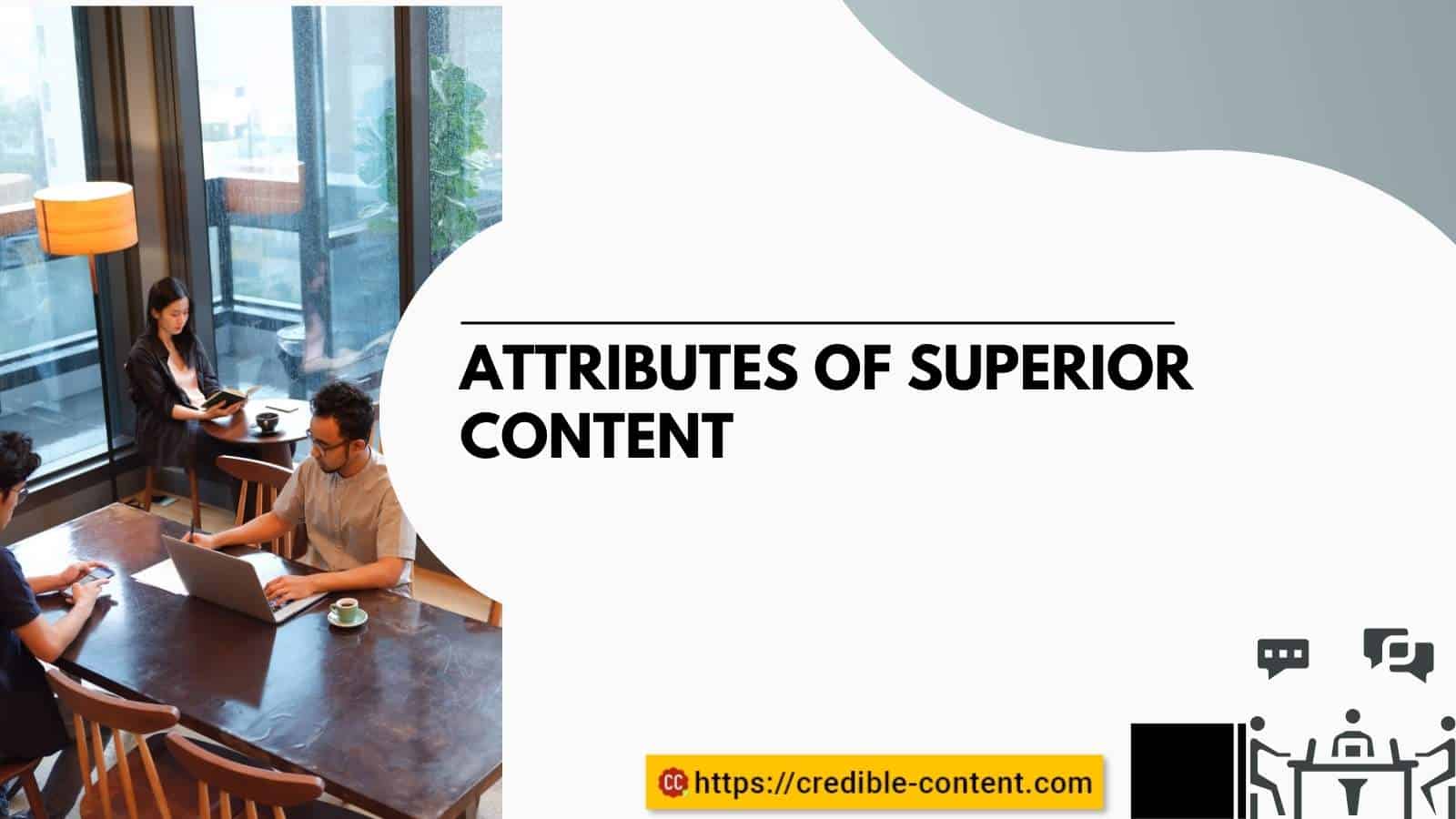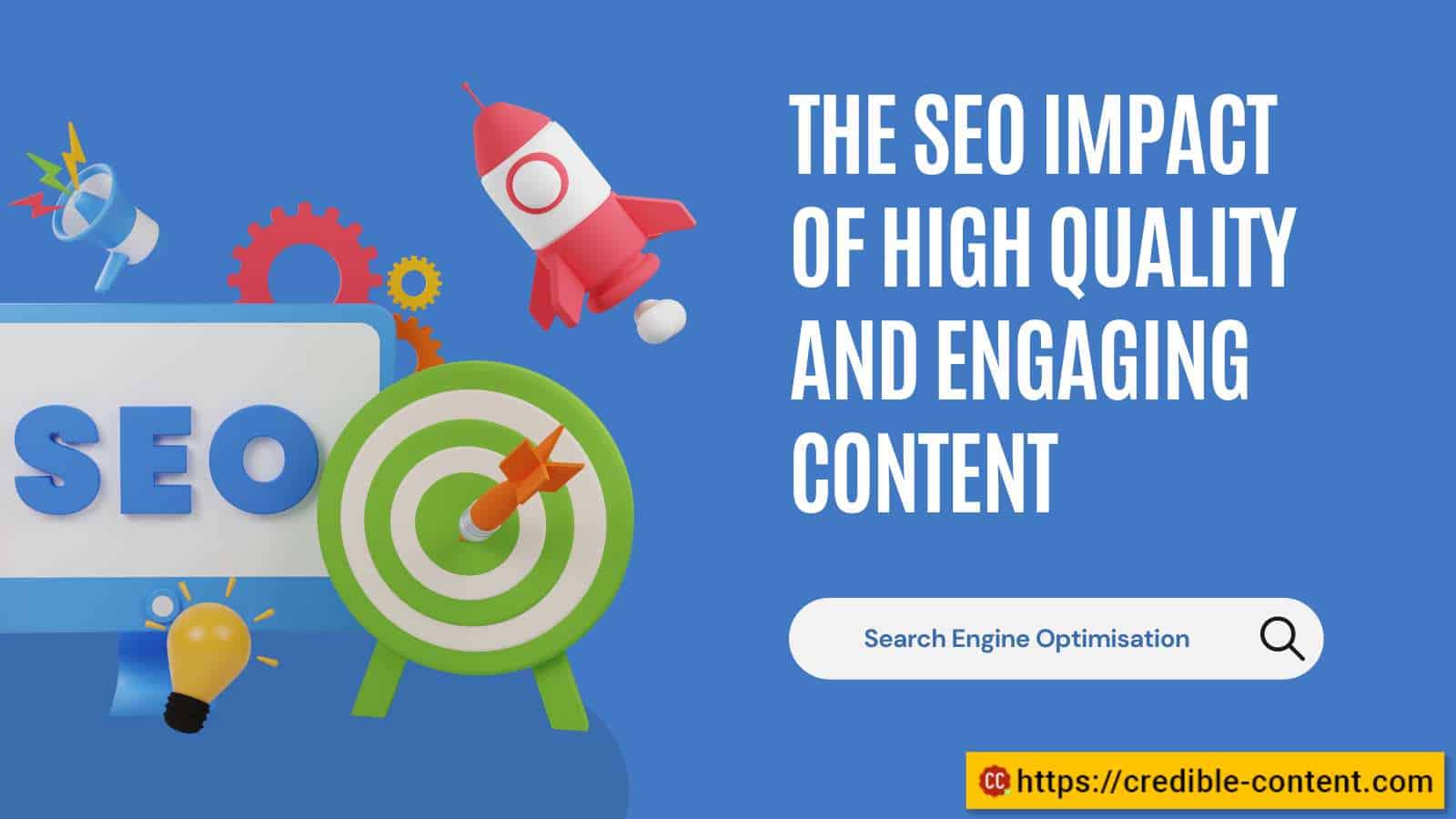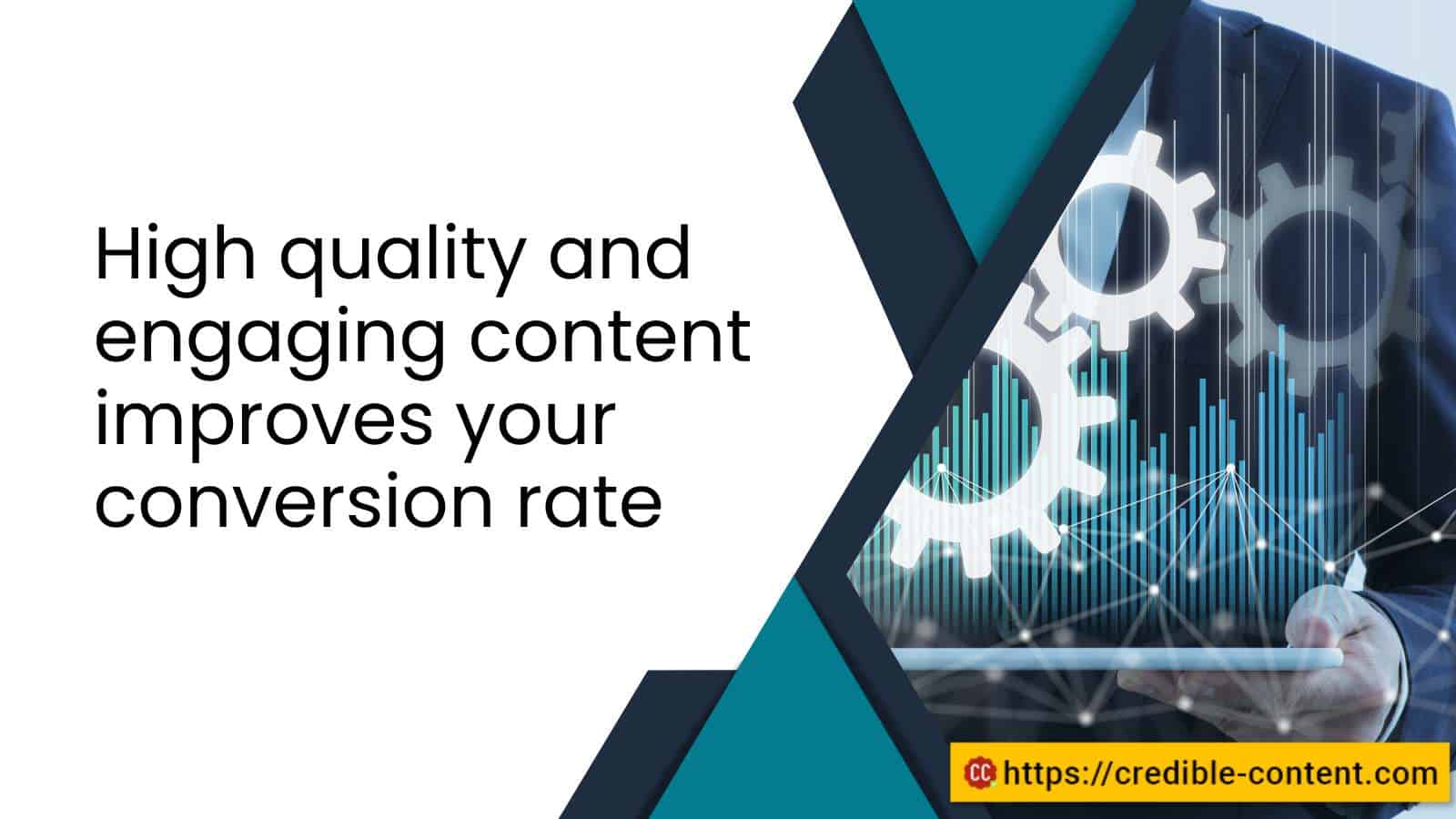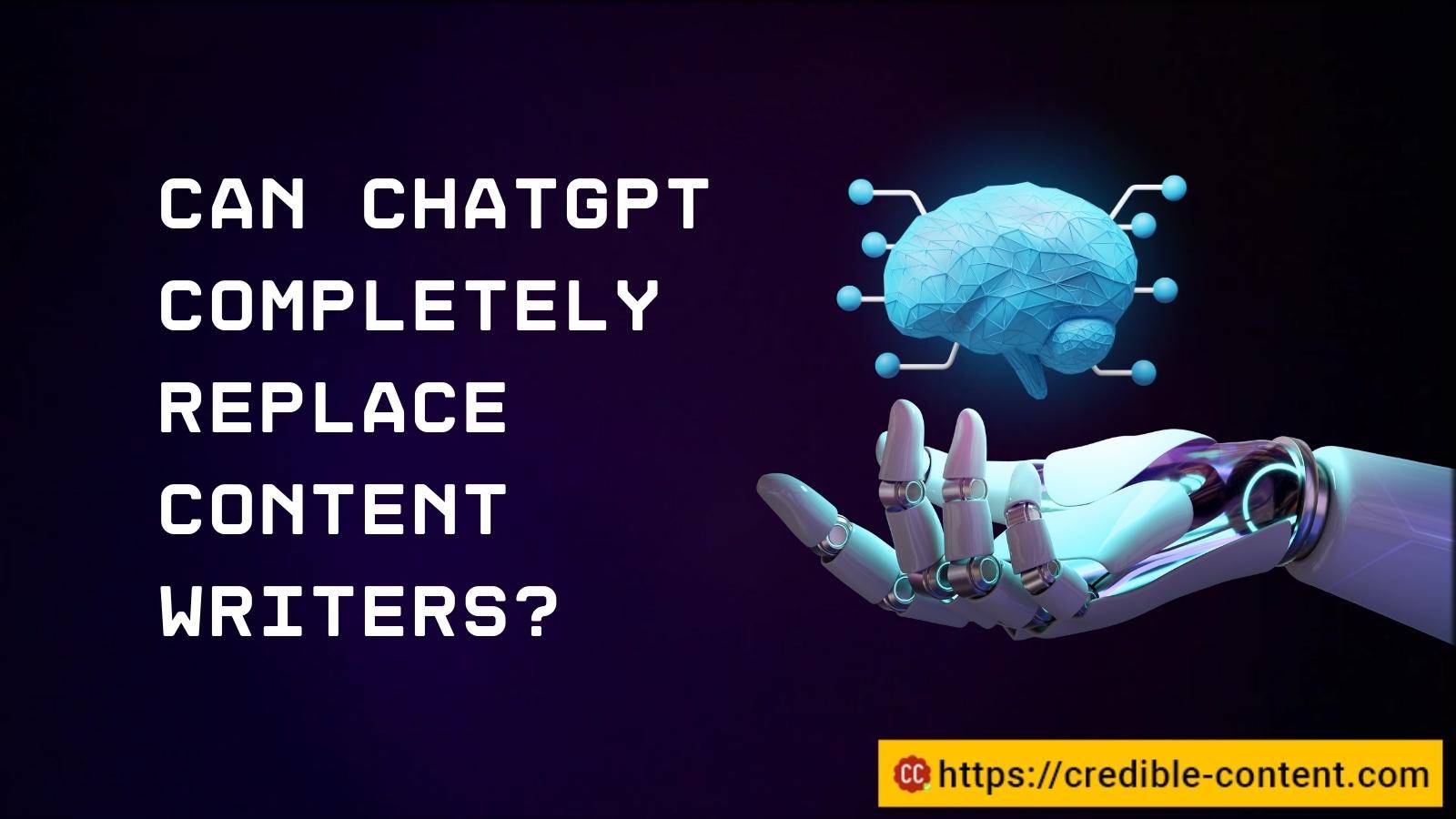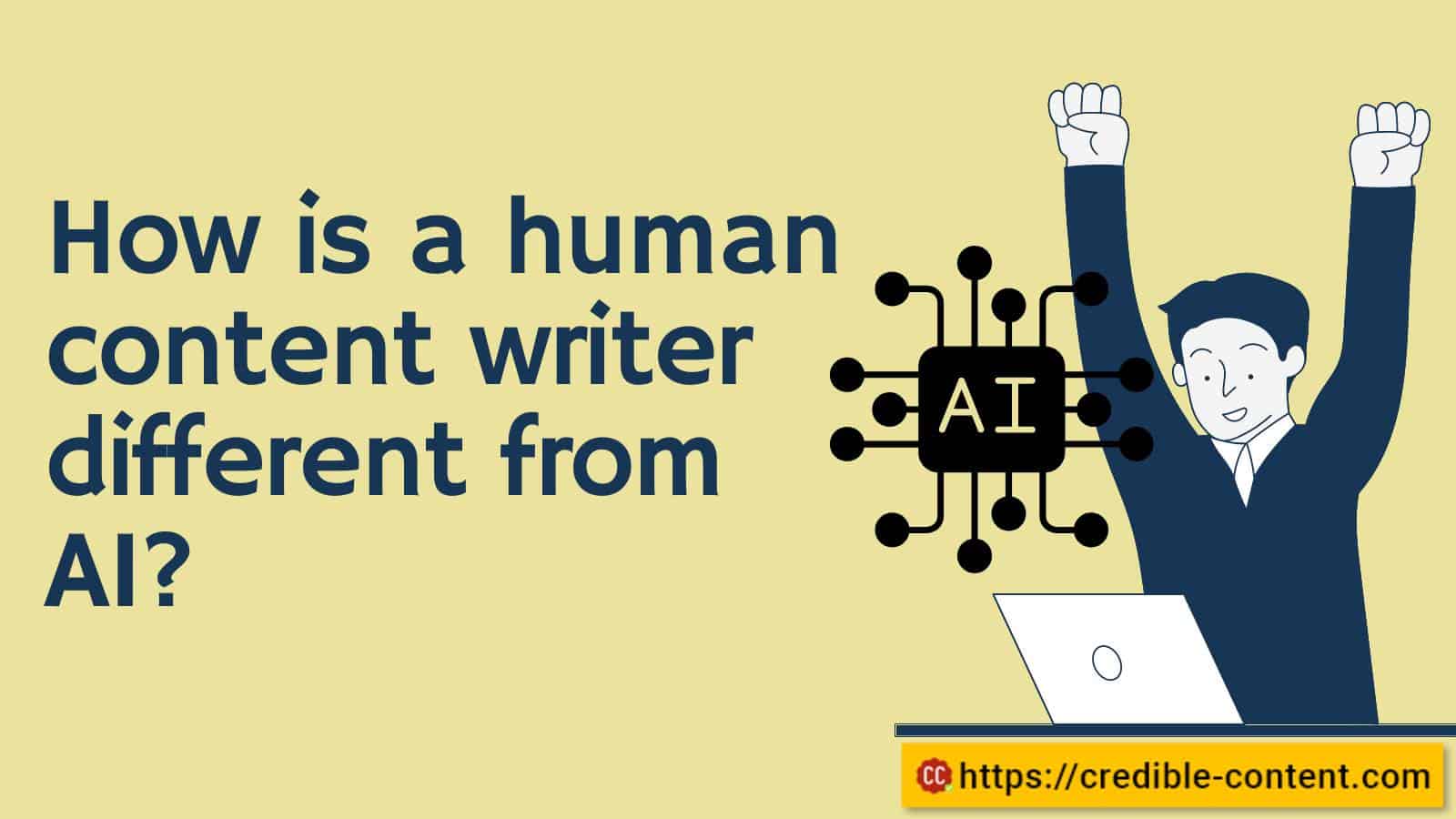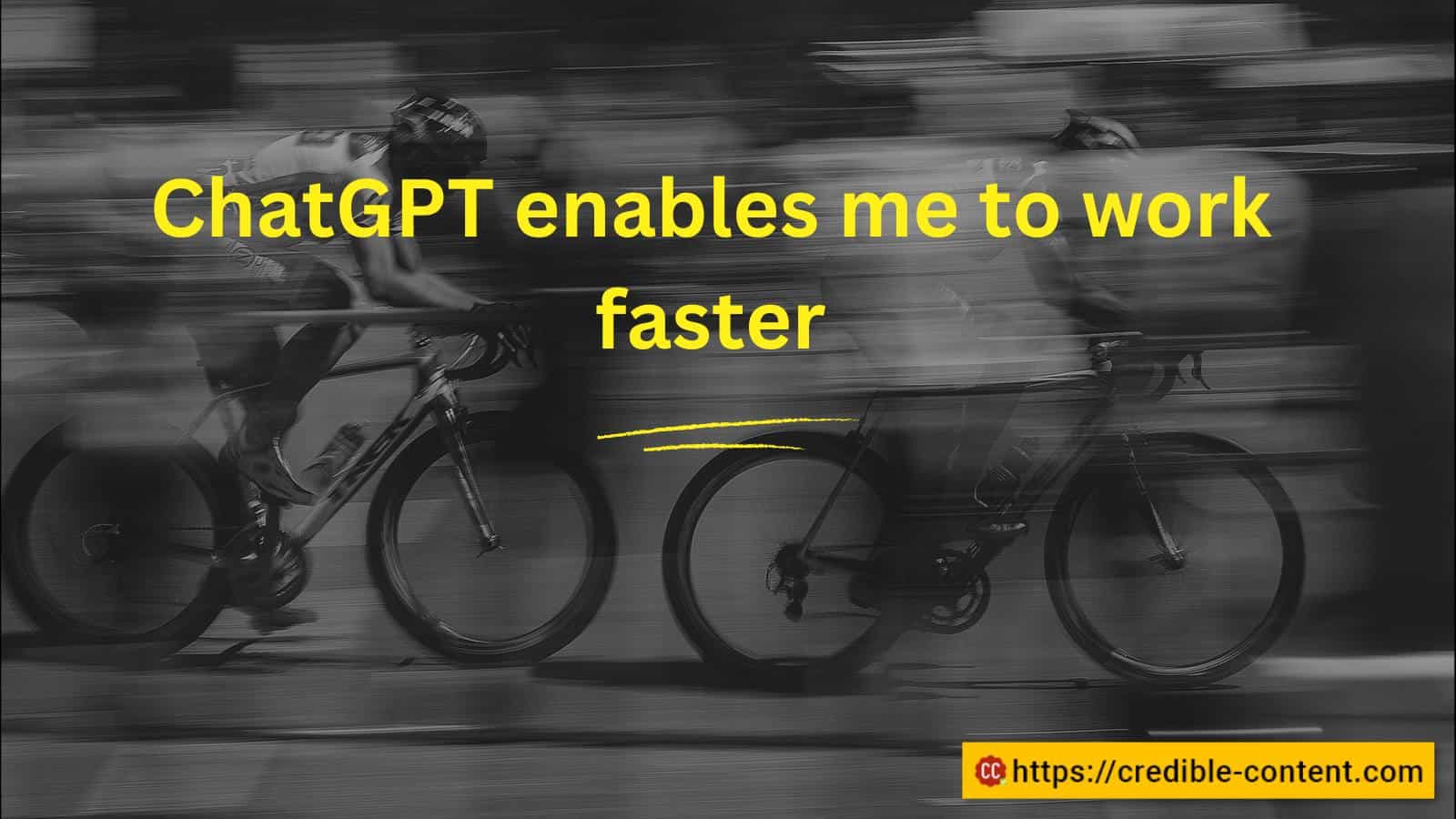
15 common conversion copywriting mistakes to avoid
Unlike traditional copywriting, which may focus more on brand messaging and storytelling, conversion copywriting prioritizes driving measurable results and conversions.
It involves crafting compelling messages, headlines, calls to action, and persuasive arguments that appeal to the target audience’s emotions, desires, and pain points.
Conversion copywriters employ various techniques, such as using strong calls to action, incorporating storytelling, creating a sense of urgency, leveraging social proof, and personalizing the copy to resonate with the reader.
They also focus on clarity, simplicity, and concise messaging to ensure that the audience can easily understand and act upon the copy.
There are several copywriting mistakes to avoid to ensure your efforts yield optimal results.
In this blog post, I will discuss 15 common conversion copywriting mistakes that you should steer clear of.
By understanding and sidestepping these pitfalls, you can create more impactful and effective copy that resonates with your audience, increases engagement, and boosts conversions.
Whether you’re a seasoned copywriter or just starting out, this article will provide you with valuable insights and practical tips to refine your conversion copywriting strategy.
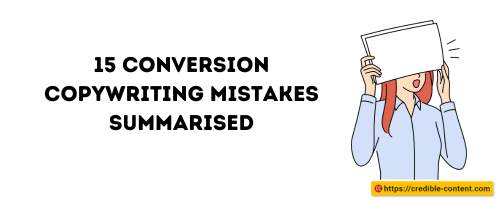
15 conversion copywriting mistakes summarised.
The 15 common conversion copywriting mistakes that I will be discussing in this blog post:
- Avoid weak or vague calls to action (CTAs) that fail to clearly communicate the desired action to the reader.
- Avoid focusing solely on features and neglecting to highlight the benefits that your product or service offers.
- Don’t overlook the power of storytelling to engage your audience emotionally and make your copy more relatable.
- Avoid neglecting to create a sense of urgency, missing out on opportunities to prompt immediate action through limited-time offers or time-sensitive benefits.
- Don’t neglect the inclusion of social proof, such as testimonials or reviews, which can build credibility and trust with your audience.
- Avoid overlooking the impact of visuals in enhancing your copy’s appeal and engagement.
- Steer clear of using complicated jargon or technical terms that may confuse or alienate your audience.
- Avoid neglecting personalization and failing to address the specific needs, desires, and pain points of your readers.
- Don’t fail to address objections or concerns that your audience may have, as this can lead to doubts and hinder conversions.
- Avoid ignoring the importance of understanding and targeting your specific audience, including their demographics, interests, and motivations.
- Don’t overlook the importance of proofreading and editing to ensure your copy is free from errors, typos, and inconsistencies.
- Avoid overly focusing on your company instead of emphasizing the ways your product or service benefits the customer.
- Avoid a lack of clarity and conciseness, ensuring your copy is easily understandable and effectively conveys your message.
- Weak headlines can lead to low engagement and conversion rates by failing to capture the reader’s attention.
- Avoid the mistake of not testing and optimizing your copy, missing out on opportunities to improve its effectiveness and maximize conversions.
Now I explain these conversion copywriting mistakes in detail.
Conversion copywriting mistake 1: Weak or vague calls to action (CTAs)

Weaker call-to-action.
Weak or vague calls to action (CTAs) are one of the most common copywriting mistakes to avoid in conversion copywriting.
When your CTAs lack clarity and specificity, they fail to effectively guide the reader towards the desired action.
To overcome this mistake and improve your CTAs, consider the following:
Be clear and specific
Clearly state what action you want the reader to take.
Use direct and concise language that leaves no room for confusion or ambiguity.
For example, instead of a generic CTA like “Click here,” provide a specific instruction such as “Click here to sign up for our newsletter” or “Click here to get your free e-book.”
Use compelling language
Your CTAs should be compelling and persuasive, enticing the reader to act.
Employ action verbs that inspire immediate response, such as “Discover,” “Join,” “Get,” or “Start.”
Combine them with compelling adjectives or phrases to add an extra layer of motivation, such as “Unlock exclusive benefits,” “Start your journey today,” or “Get instant access.”
Create a sense of urgency
Incorporate urgency into your CTAs to prompt immediate action.
Highlight limited-time offers, promotions, or time-sensitive benefits that encourage the reader to act now rather than later.
For example, you could use phrases like “Limited spots available,” “Offer expires soon,” or “Don’t miss out!”
Make it visually stand out
Use design elements to make your CTA visually prominent.
Employ contrasting colors, bold fonts, or button styling to draw attention to the call to action.
This helps the reader quickly identify where to click or take the desired action.
Crafting clear, compelling, and specific calls to action improves conversion rates by effectively guiding your audience towards the desired action. Avoid weak or vague CTAs.
Conversion copywriting mistake 2: Focusing on features instead of benefits

Focusing on features instead of benefits.
One common copywriting mistake to avoid in conversion copywriting is focusing too much on features rather than highlighting the benefits your product or service offers.
While features describe the characteristics and functionalities of what you’re offering, benefits explain how those features directly impact and improve the customer’s life.
To address this mistake and effectively emphasize the benefits, consider the following strategies:
Identify customer pain points
Understand your target audience and their specific challenges, needs, and desires.
By identifying their pain points, you can tailor your copy to highlight how your product or service directly addresses those concerns and provides a solution.
Translate features into benefits
Take a close look at the features of your product or service and analyze how they positively impact the customer.
Then, articulate those impacts as benefits.
For example, instead of simply stating that your vacuum cleaner has a powerful motor (feature), emphasize that it provides efficient and thorough cleaning, saving the customer time and effort (benefit).
Use customer-centric language
Frame your copy around the customer and their experience.
Use “you” and “your” to directly address the reader and make them feel personally connected.
Describe the benefits in a way that resonates with their emotions and aspirations, showing them how your offering can improve their life or solve a problem they’re facing.
Provide specific examples or case studies
Back up your claims about the benefits by including real-life examples or case studies.
This adds credibility and demonstrates how others have experienced positive outcomes from using your product or service.
Show before-and-after scenarios
Paint a vivid picture of the transformation your product or service can bring to the customer’s life.
Illustrate the difference between their current situation (before) and the desirable outcome they can achieve (after) by utilizing your offering.
Shift the focus from features to benefits to effectively communicate value and appeal to customer needs.
Create persuasive copy that resonates and motivates action.
3. Lack of storytelling

Lack of storytelling.
Another common copywriting mistake to avoid in conversion copywriting is the lack of storytelling.
Storytelling is a powerful technique that can captivate your audience, evoke emotions, and make your copy more relatable and memorable.
To overcome this mistake and effectively incorporate storytelling into your copy, consider the following strategies:
Understand your audience
Before crafting your story, gain a deep understanding of your target audience.
Identify their values, interests, and aspirations. This knowledge will help you create a narrative that resonates with their experiences and emotions.
Develop a compelling narrative
Craft a narrative that follows a clear structure, including a relatable protagonist, a problem or challenge they face, and a resolution that showcases the benefits of your product or service.
Weave in elements such as conflict, suspense, and a satisfying conclusion to keep your audience engaged.
Use vivid and descriptive language
Paint a vivid picture with your words, using descriptive language to engage the senses and immerse your audience in the story. This helps create an emotional connection and makes your copy more compelling.
Appeal to emotions
Stories have the power to evoke emotions.
Consider the emotional impact you want to achieve with your copy and choose storytelling elements that resonate with those emotions.
Whether it’s joy, fear, empathy, or inspiration, appealing to emotions can help drive action.
Incorporate testimonials and case studies
Real-life stories from satisfied customers or clients can serve as powerful social proof.
Include testimonials or case studies that highlight the positive experiences and outcomes others have had with your product or service.
This adds credibility and reinforces the storytelling aspect.
Maintain relevance
Ensure that your storytelling aligns with your overall message and the goals of your copy.
While storytelling is engaging, it should also serve a purpose in promoting your product or service and motivating the desired action.
Incorporate storytelling techniques to deepen audience connection, engage emotionally, and enhance message memorability.
Storytelling creates immersive experiences that resonate and drive action.
Conversion copywriting mistake 4: Missing urgency
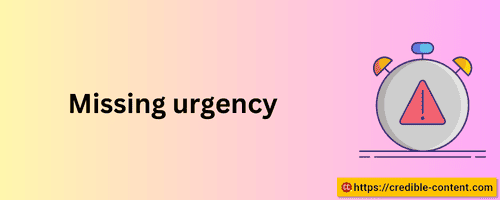
Missing urgency.
One crucial copywriting mistake to avoid in conversion copywriting is missing the element of urgency.
Creating a sense of urgency in your copy is essential for prompting immediate action from your audience.
By emphasizing limited-time offers, exclusive deals, or time-sensitive benefits, you can instil a fear of missing out and motivate your readers to take action promptly.
Here are some strategies to incorporate urgency into your copy effectively:
Highlight limited-time offers
Clearly communicate that the offer or promotion is available for a limited duration.
Use phrases like “for a limited time only,” “act now,” or “offer expires soon” to convey the urgency of the opportunity.
This creates a sense of urgency and compels readers to take immediate action to avoid missing out.
Emphasize exclusive deals
Showcase that the offer is exclusive and not available elsewhere.
This makes your audience feel privileged and motivates them to take advantage of the unique opportunity while it lasts.
Communicate time-sensitive benefits
Highlight the immediate benefits your audience can gain by acting quickly.
Clearly articulate how the time-sensitive nature of the offer provides them with added value or advantage.
For example, mention time-limited bonuses, early access, or special rewards for those who act promptly.
Use compelling language
Employ persuasive and action-oriented language that urges readers to act immediately.
Phrases such as “don’t miss out,” “limited stock available,” or “take advantage now” can create a sense of urgency and encourage prompt action.
Show countdowns or timers
Incorporate visual elements like countdown timers or progress bars that display the remaining time or availability of the offer. This visual representation reinforces the urgency and creates a sense of immediacy.
Demonstrate scarcity
Highlight limited quantities or availability of a product or service. Mention when stock is running low or when a specific number of spots are left. This scarcity mindset encourages readers to act quickly to secure their place or purchase before it’s too late.
Incorporate storytelling techniques to deepen audience connection, engage emotionally, and enhance message memorability.
Storytelling creates immersive experiences that resonate and drive action.
5. Neglecting social proof
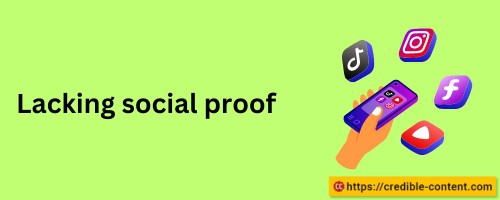
Lacking social proof.
Neglecting social proof is a common copywriting mistake to avoid in conversion copywriting.
Social proof is a powerful tool that helps build credibility, trust, and confidence in your product or service.
By including testimonials, reviews, case studies, or other forms of social proof, you can provide evidence of customer satisfaction and success.
Here are some strategies to effectively incorporate social proof into your copy:
Collect testimonials
Reach out to satisfied customers and ask for their feedback and testimonials.
Include their positive experiences, results, or endorsements in your copy.
Use their words to highlight specific benefits or outcomes they have achieved through using your product or service.
Showcase reviews and ratings
If your business has received positive reviews or ratings on platforms like Yelp, Google, or industry-specific review websites, feature them in your copy.
Mention the overall rating or specific testimonials that highlight key strengths or benefits.
Present case studies
Share in-depth case studies that demonstrate how your product or service has solved a specific problem or achieved significant results for your customers.
Highlight the challenges they faced, the strategies implemented, and the positive outcomes they experienced.
This helps your audience envision how your offering can address their own needs.
Display user-generated content
If your customers have shared their experiences with your brand on social media or through user-generated content, leverage that content in your copy.
Incorporate relevant posts, images, or videos that showcase real people using and benefiting from your product or service.
Highlight influential endorsements
If your product or service has been endorsed by industry experts, influencers, or well-known figures, mention and showcase those endorsements in your copy.
This helps establish credibility and trust among your audience.
Include statistics or numbers
Use specific data or statistics to support your claims and demonstrate the impact or success of your offering.
Quantifiable results can be highly persuasive and add credibility to your copy.
Include social proof in your copy for trust and confidence.
It validates claims and strongly influences potential customers’ decision-making process.
Conversion copywriting mistake 6: Overlooking the power of visuals

Lack of visuals.
Overlooking the power of visuals is a common copywriting mistake to avoid in conversion copywriting.
Visual elements such as images, videos, or infographics can greatly enhance your copy and make it more visually appealing and engaging.
Here are some strategies to effectively utilize visuals in your copy:
Select relevant and high-quality images
Choose images that are relevant to your product or service and align with your brand’s identity.
High-quality visuals help capture attention and create a positive impression.
Use images that evoke emotion, demonstrate the benefits of your offering, or showcase real people using your product.
Embed videos or animations
Incorporate videos or animations that demonstrate your product in action, explain complex concepts, or provide valuable insights.
Videos are a powerful medium for storytelling and can engage your audience on a deeper level.
Ensure that the videos are well-produced, concise, and visually appealing.
Create infographics
Infographics are an effective way to present data, statistics, or complex information in a visually appealing and easily understandable format.
Use infographics to highlight key features, benefits, or comparisons that support your copy.
They can help break down information into digestible chunks and make it more memorable.
Use visual hierarchy
Structure your copy with a clear visual hierarchy to guide the reader’s attention.
Utilize headings, subheadings, bullet points, and formatting techniques such as bold or italicized text to make important information stand out.
Incorporate relevant visuals alongside text to reinforce key points and make the content more visually balanced.
Consider the user experience
Ensure that the visuals you use do not overshadow or distract from the main message of your copy.
The visuals should complement and enhance the text, creating a seamless and enjoyable user experience.
Avoid cluttering the copy with excessive visuals that may overwhelm or confuse the reader.
Optimize for different platforms
Keep in mind the various platforms and devices your copy will be viewed on. Ensure that your visuals are optimized for different screen sizes and resolutions, and that they load quickly to provide a smooth browsing experience.
Incorporate visuals effectively into your copy to capture attention, convey information, and enhance the audience’s experience.
Visual elements break up text, increase engagement, and boost the effectiveness of conversion copywriting.
Conversion copywriting mistake 7: Using complicated jargon

Using jargon
Using complicated jargon is a common copywriting mistake to avoid in conversion copywriting.
To effectively communicate with your audience and maximize engagement, it’s important to write in plain language that is easily understandable to your target audience.
Here are some strategies to avoid using unnecessary technical terms or industry jargon:
Know your audience
Gain a clear understanding of your target audience, including their demographics, education level, and familiarity with industry-specific terms.
This knowledge will help you tailor your copy to their language preferences and avoid using jargon that may confuse or alienate them.
Use simple and concise language
Focus on clarity and simplicity in your copy.
Break down complex concepts into easily understandable terms and phrases.
Use straightforward language to convey your message effectively and ensure that your audience can grasp the information without difficulty.
Define technical terms when necessary
If it is essential to include technical terms or jargon in your copy, make sure to provide clear definitions or explanations.
This helps your audience understand the meaning behind the terms and prevents any confusion or misinterpretation.
Put yourself in your audience’s shoes
Imagine yourself as a member of your target audience and consider whether the language and terminology you are using would be easily understood by someone unfamiliar with your industry.
Strive to communicate in a way that resonates with your audience and makes them feel comfortable and informed.
Test readability
Use tools like readability analyzers to assess the readability of your copy.
These tools evaluate factors such as sentence structure, word choice, and overall readability score.
Aim for a readability level that matches your target audience’s comprehension abilities.
Seek feedback
Share your copy with individuals from your target audience or those who are unfamiliar with your industry.
Gather their feedback and identify any areas where jargon or complex language may hinder comprehension.
Adjust your copy accordingly based on their input.
Avoid complicated jargon, use plain language for accessible and relatable copy.
Improve understanding, engagement, and connection with readers to enhance conversion copywriting effectiveness.
Conversion copywriting mistake 8: Neglecting personalization
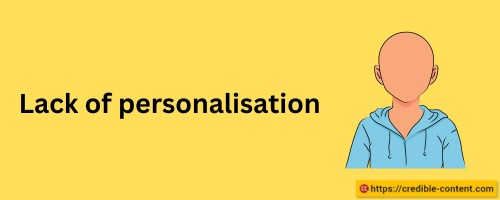
Lack of personalisation
Neglecting personalization is a common copywriting mistake to avoid in conversion copywriting.
Personalization plays a vital role in creating a strong connection with your readers and making your copy more compelling.
By addressing your readers directly and speaking to their specific needs, desires, and pain points, you can establish a personal connection and increase the effectiveness of your copy.
Here are some strategies to incorporate personalization into your copy:
Use the second person pronoun
Address your readers directly using words like “you” and “your.” This creates a sense of individuality and makes your copy feel more personal and tailored to each reader.
Understand your audience
Take the time to research and understand your target audience thoroughly.
Gain insights into their demographics, interests, challenges, and aspirations.
This knowledge will allow you to create copy that resonates with them on a personal level.
Segment your audience
If you have different audience segments, tailor your copy to each group’s specific characteristics and preferences.
Craft messages that speak directly to their unique needs and motivations.
Speak to their pain points
Identify the pain points, challenges, or problems your readers are facing and address them directly in your copy.
Let them know that you understand their struggles and provide solutions or benefits that alleviate their pain.
Highlight benefits that matter to them
Emphasize the specific benefits of your product or service that align with your readers’ desires and goals.
Show them how your offering can fulfil their needs and improve their lives in a meaningful way.
Incorporate personal stories or examples
Share relatable stories or examples that your readers can connect with.
This helps them envision themselves in similar situations and demonstrates how your product or service can make a positive impact in their lives.
Use language that resonates
Adopt a tone and style of writing that matches your audience’s preferences.
Speak their language and use phrases, expressions, and terminology that they can relate to. This fosters a sense of familiarity and authenticity.
Leverage data and personalization tools
Utilize data-driven insights and personalization tools to customize your copy based on individual user behavior, preferences, or demographics.
This can include dynamic content, personalized recommendations, or targeted messaging.
Incorporate personalization in your copy for a deeper connection with readers.
Tailor messaging to their needs and aspirations to enhance relevance and impact in conversion copywriting.
Conversion copywriting mistake 9: Failing to address objections
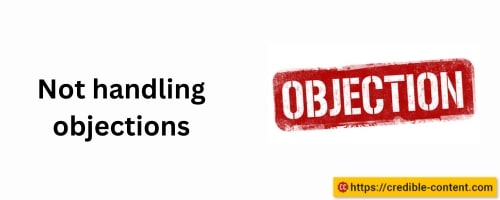
Not handling objections
Failing to address objections is a common copywriting mistake to avoid in conversion copywriting.
It’s essential to anticipate and proactively address potential objections or concerns that your audience may have about your product or service.
By providing reassurance and overcoming doubts, you can increase trust and confidence in your offering.
Here are some strategies to effectively address objections in your copy:
Identify common objections
Put yourself in your audience’s shoes and think about the doubts or hesitations they may have regarding your product or service.
These objections could be related to price, quality, effectiveness, compatibility, or any other relevant factor.
List out the most common objections that you come across or anticipate.
Provide clear and honest information
Address each objection directly in your copy, providing clear and honest information that alleviates concerns.
Use persuasive language to highlight the benefits, features, or guarantees that directly counteract the objections.
Be transparent and provide supporting evidence or data when applicable.
Use testimonials and reviews
Incorporate testimonials, reviews, or case studies from satisfied customers who have had similar objections.
By showcasing real experiences and positive outcomes, you build credibility and demonstrate that others have successfully overcome the same concerns.
Offer guarantees or warranties
If applicable, emphasize any guarantees or warranties associated with your product or service.
Assure your audience that their satisfaction is a top priority and that you stand behind your offering.
This can help alleviate concerns about potential risks or dissatisfaction.
Address potential drawbacks honestly
If there are any known limitations or drawbacks to your product or service, address them honestly.
However, be sure to provide explanations or workarounds to mitigate those limitations.
By being transparent and offering solutions, you can build trust and credibility.
Create persuasive copy
Use persuasive language and storytelling techniques to convey how your product or service has addressed objections for others in the past.
Paint a vivid picture of the positive outcomes and benefits that your offering provides, showcasing its value and addressing potential objections in the process.
Provide customer support or live chat options
Make it easy for your audience to seek clarification or ask questions by offering customer support or live chat options.
This allows you to address objections in real-time, providing personalized assistance and fostering trust.
By proactively addressing objections in your copy, you demonstrate empathy and understanding towards your audience’s concerns.
This reassures them, overcomes doubts, and increases the likelihood of conversion.
Present compelling information, leverage social proof, and provide exceptional customer support to address objections and maximize the impact of conversion copywriting.
Conversion copywriting mistake 10: Ignoring the target audience

Ignoring target audience
Ignoring the target audience is a common copywriting mistake to avoid in conversion copywriting.
To create impactful and persuasive copy, it’s crucial to tailor your messaging to resonate with your specific target audience.
By understanding their demographics, interests, and motivations, you can create copy that speaks directly to their needs and captures their attention.
Here are some strategies to ensure you don’t ignore your target audience:
Conduct audience research
Invest time in researching and understanding your target audience.
Gather demographic information such as age, gender, location, and occupation.
Dive deeper into their interests, preferences, values, and pain points.
This research forms the foundation for crafting targeted and relevant copy.
Develop buyer personas
Create detailed profiles or buyer personas that represent your ideal customers.
Include information about their background, goals, challenges, and buying behaviors.
These personas act as references to help you understand and connect with your audience on a deeper level.
Speak their language
Use the language, tone, and style of communication that resonates with your target audience.
Familiarize yourself with their vocabulary, phrases, and expressions. Avoid jargon or technical terms that may confuse or alienate them. Your copy should feel natural and relatable to your audience.
Address their specific needs and desires
Tailor your copy to highlight how your product or service solves their specific problems or fulfils their desires.
Showcase the benefits and features that are most relevant and appealing to your audience.
This demonstrates that you understand their unique situation and positions your offering as the solution they’ve been seeking.
Use relatable examples and stories
Incorporate examples, case studies, or stories that your target audience can relate to.
Illustrate how others with similar backgrounds or challenges have benefited from your product or service.
This storytelling approach helps your audience envision themselves experiencing the positive outcomes you’re promoting.
Customize content for different segments
If your target audience consists of multiple segments, create customized content for each group.
Understand the nuances, preferences, and motivations of each segment and tailor your copy accordingly.
This ensures that your messaging speaks directly to each group’s specific needs and aspirations.
Leverage market research and feedback
Continuously gather insights from your target audience through surveys, interviews, or social media listening.
Pay attention to their feedback, preferences, and pain points.
Incorporate this information into your copywriting to keep it relevant and aligned with their evolving needs.
Consider and address your target audience in your copy to increase resonance and compel action.
Tailor messaging to demographics, interests, and motivations for stronger connection, trust, and higher conversions in conversion copywriting.
Conversion copywriting mistake 11: Lack of proofreading and editing
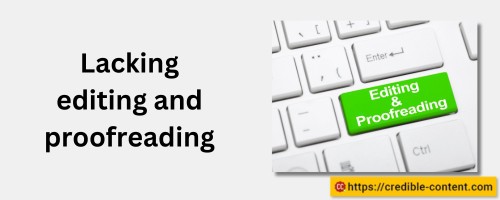
Lacking editing and proofreading.
Lack of proofreading and editing is a common copywriting mistake to avoid in conversion copywriting.
It’s crucial to ensure that your copy is free from grammatical errors, typos, and inconsistencies that can undermine your credibility and professionalism.
Here are some key reasons why proofreading and editing are essential:
Maintain credibility
Grammatical errors, typos, and inconsistencies can create a negative impression on your audience.
It may lead them to question your attention to detail, professionalism, and even the quality of your product or service.
By thoroughly proofreading and editing your copy, you present a polished and credible image.
Enhance readability
Well-edited copy is easier to read and comprehend. It flows smoothly, conveying your message effectively.
By eliminating errors, you prevent confusion and ensure that your audience can easily understand your key points and call to action.
Improve clarity
Proofreading and editing allow you to refine your messaging, making it clearer and more concise.
You can identify and rephrase sentences that may be ambiguous or convoluted, ensuring that your message is communicated with clarity and precision.
Avoid misinterpretation
Errors in grammar or wording can lead to misinterpretation, potentially altering the intended meaning of your message.
By carefully reviewing your copy, you can identify and correct any potential areas of confusion, ensuring that your audience receives your intended message accurately.
Uphold professionalism
Professionalism is crucial in copywriting.
By demonstrating a commitment to accuracy and quality through proofreading and editing, you convey professionalism and attention to detail. This enhances your reputation and builds trust with your audience.
Enhance the user experience
Your copy should provide a positive user experience.
Errors can disrupt the flow, distract readers, and create a less enjoyable reading experience.
By presenting clean, error-free copy, you contribute to a seamless user experience that keeps your audience engaged.
Reflect brand consistency
Proofreading and editing help maintain brand consistency.
Inconsistencies in tone, style, or formatting can dilute your brand identity.
By carefully reviewing your copy, you ensure that it aligns with your brand guidelines, maintaining a consistent voice and image.
To effectively proofread and edit your copy, consider the following tips:
- Take a break: Step away from your copy for a while before proofreading. This allows you to approach it with fresh eyes and a clearer perspective.
- Read aloud: Read your copy aloud to catch any awkward phrasing or errors that may have been overlooked when reading silently.
- Use tools and resources: Utilize spelling and grammar checkers, as well as style guides, to assist in catching errors and ensuring consistency.
- Seek a second opinion: Ask a colleague or trusted individual to review your copy. They may spot errors or offer suggestions for improvement that you may have missed.
Prioritize proofreading and editing to ensure error-free, polished, and compelling copy. Maximize impact and reinforce credibility in conversion copywriting.
Conversion copywriting mistakes 12: Too much focus on the company, not the customer

Focusing on the company and not on the customers.
One common copywriting mistake to avoid in conversion copywriting is placing too much focus on the company rather than the customer.
To create persuasive and engaging copy, it’s essential to shift the spotlight from your company and instead emphasize how your product or service directly benefits the customer.
Here’s why this shift in focus is crucial:
Customer-centric approach
By highlighting the benefits your product or service brings to the customer, you demonstrate a customer-centric approach.
Customers are primarily interested in how a product or service can solve their problems, meet their needs, or improve their lives.
By addressing their pain points and desires, you can create a stronger connection and resonate with them on a deeper level.
Emotional appeal
When you focus on how your offering benefits the customer, you tap into their emotions.
People make purchasing decisions based on emotions and then rationalize them with logic.
By appealing to their emotions and showing them how your product or service can make their lives better, you create a stronger desire and motivation to take action.
Solution-oriented messaging
Shifting the focus to the customer allows you to position your product or service as a solution.
Highlight the specific problems or challenges your customers face and show how your offering provides the solution they’re seeking.
By demonstrating the value and effectiveness of your offering, you address their needs directly and make it more compelling for them to choose your solution.
Clear value proposition
Emphasizing customer benefits helps you articulate a clear value proposition.
Instead of overwhelming your audience with company details or technical specifications, focus on the unique value your product or service brings to the customer.
Clearly communicate how it can make their lives easier, save them time or money, or enhance their overall well-being. A strong value proposition builds trust and motivates action.
Relatability and empathy
When you shift the focus to the customer, you show that you understand their experiences, challenges, and aspirations.
This relatability and empathy help to build trust and rapport.
By demonstrating that you genuinely care about their needs and have their best interests in mind, you differentiate yourself from competitors and foster a stronger connection.
To implement a customer-focused approach in your copy, consider the following strategies:
- Use customer-centric language: Address the reader directly using “you” and “your.” Speak to their needs, desires, and pain points. Make them feel like you’re having a personalized conversation with them.
- Highlight specific benefits: Clearly articulate the unique benefits that your product or service offers. Explain how it solves their problems, improves their lives, or fulfils their desires. Use concrete examples and vivid language to make the benefits tangible and relatable.
- Use social proof: Incorporate testimonials, reviews, or case studies that demonstrate how your product or service has positively impacted previous customers. This social proof validates the benefits and credibility of your offering, making it more compelling for potential customers.
- Craft customer success stories: Share stories or anecdotes that showcase how your product or service has helped real customers achieve their goals or overcome challenges. These stories create a powerful emotional connection and show the practical application and value of your offering.
Prioritize proofreading and editing to ensure error-free, polished, and compelling copy. Maximize impact and reinforce credibility in conversion copywriting.
Conversion copywriting mistake 13: Lack of clarity and conciseness

Lack of clarity and focus
A common copywriting mistake to avoid in conversion copywriting is a lack of clarity and conciseness.
It’s important to keep your copy clear, concise, and easily scannable so that your message is effectively communicated to your audience.
Here’s why clarity and conciseness are crucial in conversion copywriting:
Attention span
In today’s fast-paced digital world, people have limited attention spans.
If your copy is long-winded or convoluted, it’s likely to lose your audience’s interest. By keeping your copy concise, you make it easier for readers to consume and understand your message, increasing the likelihood of them taking action.
Clarity of message
Clear and straightforward language helps ensure that your message is easily understood by your audience.
Avoid using complex jargon, technical terms, or excessive adjectives that may confuse or alienate readers.
Instead, focus on using simple and direct language to convey your message in a way that resonates with your target audience.
Scannability
Many readers skim or scan web content rather than reading it in its entirety.
By using concise and scannable copy, you make it easier for readers to quickly grasp the main points and key information.
Use bullet points, subheadings, and short paragraphs to break up the text and make it more visually appealing and digestible.
Clear call to action
A concise and clear call to action (CTA) is crucial in conversion copywriting.
Clearly state the action you want your audience to take and make it prominent within your copy.
Ambiguous or confusing CTAs can lead to a lack of conversions.
By providing a clear and concise CTA, you guide your audience towards the desired action and increase the chances of conversion.
To ensure clarity and conciseness in your copy, consider the following tips:
- Remove unnecessary words: Review your copy and eliminate any unnecessary words or phrases that don’t contribute to the core message. Every word should have a purpose and add value to your copy.
- Use active voice: Active voice is more direct and concise than passive voice. It helps to communicate your message more clearly and engagingly. Instead of saying “The product was purchased by many customers,” say “Many customers purchased the product.”
- Break up complex information: If you need to convey complex information, break it down into simpler, bite-sized chunks. Use bullet points or subheadings to organize and highlight key points, making it easier for readers to comprehend.
- Read aloud: Reading your copy aloud can help you identify any sentences or phrases that are unclear or unnecessarily wordy. If it sounds confusing or awkward when spoken, consider revising it for greater clarity.
- Edit ruthlessly: After writing your copy, go through it with a critical eye and edit ruthlessly. Remove redundant phrases, tighten sentences, and simplify language where possible. The goal is to convey your message in the most concise and impactful way.
Prioritize clarity and conciseness in conversion copywriting for enhanced readability, understanding, and effectiveness.
Clear and concise copy captures attention and guides audience towards desired action, improving conversion chances.
Conversion copywriting mistake 14: Weak headlines

Weak headlines
One of the common copywriting mistakes to avoid is weak headlines.
The headline is the first thing that readers see when they come across your content, and it plays a crucial role in capturing their attention and encouraging them to continue reading.
Failing to grab the reader’s attention with a compelling headline can result in low engagement and conversion rates.
To strengthen your conversion copywriting, here are some important points to consider:
Craft attention-grabbing headlines
Your headline should be concise, clear, and captivating.
Use powerful words and phrases that create curiosity or offer a solution to the reader’s problem.
A strong headline will entice the reader to delve deeper into your content.
Highlight the benefits
Instead of focusing solely on features, emphasize the benefits of your product or service in the headline.
Show readers how your offering can solve their pain points or improve their lives.
This approach appeals to their desires and motivates them to take action.
Test and optimize
Don’t settle for a single headline. A/B testing different variations can help you identify the most effective headline for your target audience.
Continuously optimize your headlines based on data and feedback to improve conversion rates.
Tailor headlines to specific channels
Remember that different platforms and mediums require different approaches.
Customize your headlines to suit the platform you’re using, whether it’s a landing page, social media post, or email subject line.
Consider the context and preferences of your target audience on each platform.
Avoiding weak headlines is essential for successful conversion copywriting.
Create attention-grabbing headlines, optimize copy, tailor to channels, and boost engagement and conversion rates.
Conversion copywriting mistake 15: Not testing and optimizing
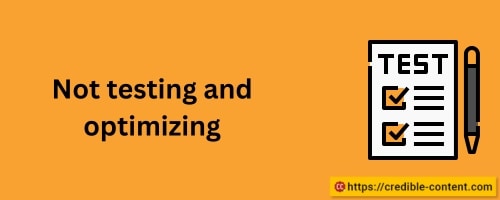
Not testing and optimizing
One of the critical mistakes to avoid in conversion copywriting is the neglect of testing and optimizing.
To maximize the effectiveness of your copy and increase conversions, it’s essential to continuously test, analyze, and make data-driven changes.
Here’s why testing and optimizing are crucial:
Improved performance
Testing allows you to evaluate how different elements of your copy, such as headlines, calls to action, or value propositions, impact the conversion rate.
By identifying what works and what doesn’t, you can make informed optimizations to improve the overall performance of your copy.
Understanding audience preferences
Testing provides insights into your audience’s preferences, behaviors, and motivations.
By conducting A/B tests or multivariate tests, you can compare different variations of your copy and determine which resonates best with your audience.
This knowledge helps you tailor your messaging to better meet their needs and preferences.
Data-driven decision-making
Testing and analysis provide you with concrete data and metrics to guide your decision-making.
Instead of relying on assumptions or guesswork, you can use objective data to identify strengths, weaknesses, and opportunities for improvement in your copy.
This data-driven approach helps you make more informed and effective changes.
Continuous optimization
Optimization is an ongoing process.
By regularly testing and analyzing your copy, you can make iterative improvements over time.
Small tweaks and adjustments can have a significant impact on your conversion rates, allowing you to continuously optimize and refine your copy for better results.
Staying ahead of the competition
In the ever-evolving digital landscape, it’s important to stay ahead of your competition.
Testing and optimization help you stay agile and adapt to changing market trends, customer preferences, and competitor strategies.
By continuously improving your copy, you can maintain a competitive edge and maximize your conversion potential.
To effectively test and optimize your conversion copywriting, consider the following strategies:
- Define clear goals: Clearly define the specific goals you want to achieve with your copy, such as increasing click-through rates, improving conversion rates, or reducing bounce rates. This clarity will guide your testing efforts and help you measure success.
- Identify key performance metrics: Determine the key metrics you’ll use to evaluate the performance of your copy. These could include conversion rates, engagement metrics, or specific actions taken by users. Ensure you have proper analytics and tracking systems in place to gather the necessary data.
- Conduct A/B testing: A/B testing involves comparing two different versions of your copy to see which performs better. Test one element at a time, such as headlines, CTAs, or imagery, to isolate the impact of each variation. Collect data and analyze the results to determine the most effective version.
- Analyze user feedback: Gather qualitative data by seeking feedback from your audience through surveys, user testing, or customer interviews. Understanding their perceptions, pain points, and preferences can help you make targeted improvements to your copy.
- Monitor and iterate: Continuously monitor the performance of your copy and make iterative changes based on the data and insights gathered. Regularly review your metrics, identify areas for improvement, and implement changes to optimize your copy over time.
A testing and optimization mindset refines conversion copywriting, maximizing effectiveness. Data-driven decisions based on user insights lead to higher conversions and better results.
By avoiding these common copywriting mistakes, you can create persuasive conversion copy that drives action and achieves your desired results.


